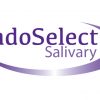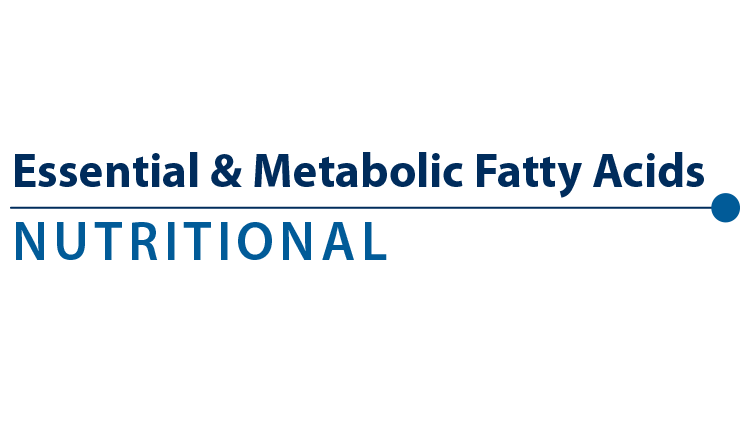Description
Assess the Balance between Critical Fatty Acids
The Essential & Metabolic Fatty Acids Analysis (EMFA) evaluates the levels of essential and non-essential red blood cell membrane fatty acids important in metabolism and cellular function. Fatty acid imbalances can be a causative factor in a variety of chronic health conditions. The Essential and Metabolic Fatty Acids Analysis can indicate the need for fatty acid supplementation and/or dietary modification.
When should testing for EMFAs be considered?
Dietary fat is emerging as one of the most important nutritional modifiers for overall health. There are many health implications which make measuring fatty acids vitally important. Relying on dietary recall may not be accurate since fatty acids can not only be obtained from the diet, but also created endogenously. Imbalances in fatty acids have been implicated in many clinical conditions including but not limited to:1-18
- Cardiovascular disease
- Chronic inflammatory conditions
- Autoimmune diseases
- Osteoporosis
- Cognitive decline
- Mood disorders
- Neurologic disease
- Cancer
- Diabetes
- Eczema and Psoriasis
- Metabolic syndrome
- Polycystic ovary syndrome
- Chronic obstructive pulmonary disease
- Asthma
What is a Fatty Acid?
Fatty acids are used as energy storage units, structural components of cell membranes, and precursors to eicosanoids, which are important signaling molecules in the inflammatory cascade. Fatty acids are obtained from dietary fat or synthesized endogenously. ‘Essential’ fatty acids must come from dietary intake and cannot be made in the body. Dietary fat is digested and broken down into fatty acids which are then absorbed into circulation. In circulation, they can undergo beta-oxidation to become Acetyl CoA to be used as energy in the citric acid cycle. They can also join in circulation to form triglyceride molecules.
The EMFA Biomarkers
The comprehensive EMFA profile includes:
- Omega 3 Fatty Acids are anti-inflammatory, and are essential for brain function and cardiovascular health
- Omega 6 Fatty Acids are involved in the balance of inflammation
- Omega 9 Fatty Acids are important for brain growth, nerve cell myelin, and reducing inflammation
- Saturated Fatty Acids are involved in lipoprotein metabolism and the inflammatory cascade
- Monounsaturated Fats include beneficial omega 7 fats and unhealthy trans fats
- Delta-6 Desaturase Activity assesses efficiency of this enzyme to metabolize omega 6s and omega 3s via the Linoleic/DGLA Ratio
- Cardiovascular Risk includes specific ratios and the Omega 3 Index
- Omega 6/Omega 3 Ratio has changed with diets over time from a 1:1 balance throughout history, to a 20:1 imbalance in the modern day that correlates with many chronic diseases.19-23
- AA/EPA Ratio assess the balance between inflammatory arachidonic acid (AA) and anti-inflammatory eicosapentaenoic acid (EPA) and is associated with cardiovascular disease as well as mood disorders and cancer.24-29
- Omega 3 Index is the RBC percentage sum of EPA + DHA and assesses risk for coronary artery disease. It is studied in other diseases as well, such as obesity, mood disorder, and insulin resistance.30-36
What Advantage Does the EMFA Offer Compared to Other Diagnostics?
The unique EMFA report provides:
- Multicolored reporting of biomarker results – allows clinicians to quickly determine potential areas of concern
- Essential Fatty Acid Metabolism Infographic – provides listings of cofactor nutrients required by key enzymes involved in EFA elongation and desaturation
Fatty acids are measured in red blood cells for the EMFA profile and are reported as a weight percentage. Fatty acids measured in plasma are reported by concentration. Though research is done using both methods, fatty acid compositions are generally expressed on a weight percentage basis rather than as weight or μmol. When reporting as a percentage the report of each fatty acid is affected by the other fatty acids. When reported as a quantity, changes in fatty acids are independent of each other, but it does not identify the percentage of the total. Plasma fatty acids are more influenced by recent dietary intake. RBC fatty acid are commonly used to determine the presence of long-term insufficiencies and imbalances.
Genova’s Methodology
The Essential and Metabolic Fatty Acid Markers are measured utilizing packed red blood cells and are reported as weight percentages. Fatty Acids are measured utilizing Gas Chromatography/Mass Spectrometry (GC-MS) methodology.
What Can Clinicians and Patients Expect from EMFA Testing?
Essential and Metabolic Fatty Acids testing can indicate the need for fatty acid supplementation and dietary modification. Clinically significant fatty acid imbalances are precisely identified on a clear, easy-to interpret test report that serves as the foundation for designing an effective, customized dietary and supplementation program to support fatty acid sufficiency and balance.




